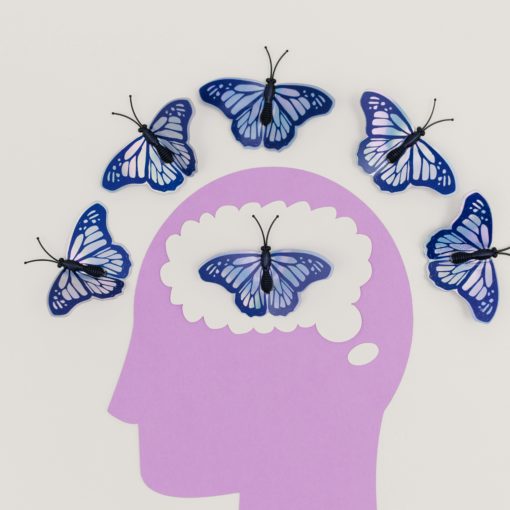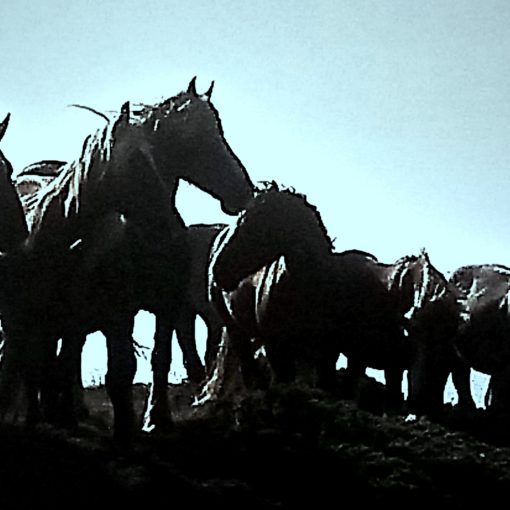THE LEARNING MACHINE
A few years ago somebody asked me to explain the embodied and somatic training and coaching that I do - with and without horses. And so I wrote this piece, originally as a LinkedIn article. I have revisited it and expanded here some of the ideas.
So let me introduce you to my work. I am going to introduce you to the idea of yourself as a learning machine. More importantly a constantly active learning machine. Appropriately a recent article on neuroplasticity in the New Scientist highlights that this capability persists through life. In is not the sole privilege of the young.
LEARNING ALL THE TIME
We are learning all the time. Not just when we pick up the text book or sit in the seminar room. Nobody tells our consciousness that “now” is the learning time. Nobody tells the neurons when to fire, the mind to instruct or the muscles to write to memory. They all save us the effort, they do it for us.
In essence we are always practicing something – whether that be a thought, an emotion or a behaviour. Everytime we run the pattern we strengthen the neural pathways which drive it. Whether we are doing scales on the piano, or complaining about someone else's behaviour, each is a practice. Each iteration enforcing the learning.
So how does this happen?
Howard Gardner talked about multiple intelligences in the 1990s, highlighting the different learning modalities with us all, including the more embodied ones beyond the linguistic and logical. These intelligences do not lie dormant until we instruct them, they are in their way gaining experience with each action. Daniel Goleman picked up the baton, and developed the model we now recognise as Emotional Intelligence. This was a drawing together of intra, and inter, personal intelligence; understanding ourselves and acknowledging our ability to influence those around us.
But it always starts within.
RECOGNIZING THE MACHINE
Organisational psychologist and author Tasha Eurich talks about developing self-awareness as the “21st century challenge". This is no new challenge, the Johari Window has been taught to business leaders for decades, particularly what they called “unseen self". The key in both cases: the more aware of ourselves that we are, the more capable we are of regulation and effective influence.
This is where the machine lies. It is in honest reflection of ourselves that the components and technical engineering of the machine becomes clearer. This is where we recognise our intelligences at work.
It gets harder when we recognise that our intelligences do not engage out singularly. Our intelligences are generally learning in parallel, or to think of it a different way, our learning is more like holistic. We call it somatic – a whole body experience – From the Greek soma. Our contemporary emphasis on cognitive learning has taught us generally to overlook this.
Somatic teachers talk about the active connectivity between mind and body. One greater consciousness, if you like. They acknowledge an implicit memory which is stored within our bodies, often an emotional memory which might reflect itself in an spontaneous physical response – for example, an often punished child flinching when a hand is raised, regardless of the raiser's intention.
Frequently we carry these reactive behaviours through life. And in carrying them forward they can influence future experience and interaction. Childhood necessities playing back as potentially unhelpful behaviour in adult life. For example, a learned behaviour to back down when challenged by our parents, returns when find ourselves unconsciously giving in at work when challenged by colleagues. We are simply running a habit that is as much body as mind.
Too often we do not see the machine at work because, like Plato's music of the spheres, we have lived with it for so long that our conscious mind does not register it.
THE MACHINE AT WORK
So here's the rub....... We are in essence learning machines. And those machines are permanently switched on.
The combination of mind, emotion and action constantly creating routines and habits. The thing about habits is that we so rarely notice them. And when they are so deeply embedded (well-practiced) they are very hard to change. Think of something like an abused child's automatic flinch before a raised hand. Body reacts automatically on cue, whether necessary or not.
These processes help us to ride bikes and to play tennis, even such mundane things as getting dressed. We create and then engage the appropriate somatic memories as enablers of action. The problems come when the habits obstruct us – or no longer serve us.
We can engage all sorts of mental planning and reframing but when the obstruction is a somatic memory we will never quite seem to drive change we might seek. We need to look within and face that physical memory or behaviour.
Promoting personality type as a key to behaviour provides a nice framework to explain. But too often it positions us in a fixed place – for example the long-recognised opposition of introversion and extraversion. Or fails to recognise the shaping from experience and learned behaviour.
SOCIAL INFLUENCE AND THE MACHINE
Zen Buddhists talk about being born infinite, it is our subsequent experience and interactions that then shapes the finite. We are social animals, neuroscience is proving how our brains wire together. How we are with each other not only shapes our experience, but can shape we are. One of my favourite quotes is by US sociologist Charles Horton Cooley puts it succinctly: “I am not who I think I am. I am not who you think I am. I am who I think that you think I am".
We need to develop an objective and non-judgemental somatic awareness. A real consciousness of the what is happening within our body, what it is telling us. And what effect that pattern has upon us. As with mindfulness, being able to read the sensations within our body without the judgemental interpretation is a strong step towards constructive intervention. Noting and exploring, rather than feeling and reacting.
A NEW PROGRAMME FOR THE MACHINE
Awareness is an invitation to act.
When we become more aware of our triggers and our subsequent behaviours we change our relationship with them. They cease to be automatic and unreachable. We can engage them, we can own them. Then we have a choice. We can explore and consider their appropriateness, and if necessary seek alternatives.
So how?
One option is to be curious. To turn and face what-ever it is and engage with it. To share kindness, not to battle with it but to accept it. The act of accepting frees us to envision the shift that is needed, and from there is a chance to grow. As we grow there is the developing of a new form or shape, a new feeling, or some new behaviour. A new character which grows from the old. A more appropriate behaviour takes over the role of that which no longer serves us.
With practice we embed and embody, we become the change that we need.
The key through this is to work with the body. And not just your own. Let the body lead the mind. Our body speaks to us and to others, and theirs to us. We can see people’s impatience when they fiddle with pens as we talk, or we can see their muscles tighten or their skin change colour as we offer difficult conversation. The body is always communicating. And we are often calibrating based on that communication.
Again the body is telling us where we need to look. When we need to pause and be curious. Asking ourselves where that action came from. And so the process continues.
In developing the tools to sharpen awareness we can act on the clues and sign-posts that bodies offer, and in so doing we might open the process and re-write the habitual. What's more science confirms we can. Neuroplasticity proves that change and learning is always an option.
We can be the change.




